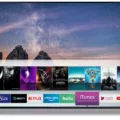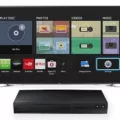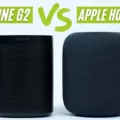TV AV input is a popular feature found on most modern televisions. It is a connector that allows you to receive audio and video signals from electronic devices that generate AV signals. These devices include DVD players, gaming consoles, camcorders, and many others. The AV input has been around for quite some time and was once the primary method of connecting audio and video devices to a TV before the advent of HDMI.
The AV input is typically found on the back or side of your TV and is labeled as such. It consists of three color-coded jacks: yellow for video, and red and white for audio. The yellow jack is for composite video, which is an analog signal that carries the video information. The red and white jacks are for the left and right audio channels, respectively.
To use the AV input, you will need to connect the corresponding cables from your device to the TV. For example, if you want to connect a DVD player to your TV, you will need to plug the yellow cable into the video output on the DVD player and the corresponding yellow jack on the TV. You will also need to plug the red and white cables into the audio outputs on the DVD player and the corresponding red and white jacks on the TV.
Once you have connected the cables, you will need to select the AV input on your TV. Depending on your TV model, this may be labeled as AV, Video, or Input. You can use your TV remote to navigate to the input selection menu and select the AV input.
While the AV input is still a viable option for connecting audio and video devices to your TV, HDMI has become the preferred method. HDMI is a single cable that carries both audio and video signals and delivers superior picture and sound quality. It also supports advanced features such as 3D and Ethernet connectivity.
The TV AV input is a useful feature that allows you to connect audio and video devices to your TV. While it has been superseded by HDMI, it is still a viable option for older devices that do not have an HDMI output. By following the simple steps outlined above, you can easily connect your audio and video devices to your TV and enjoy your favorite content with superior picture and sound quality.
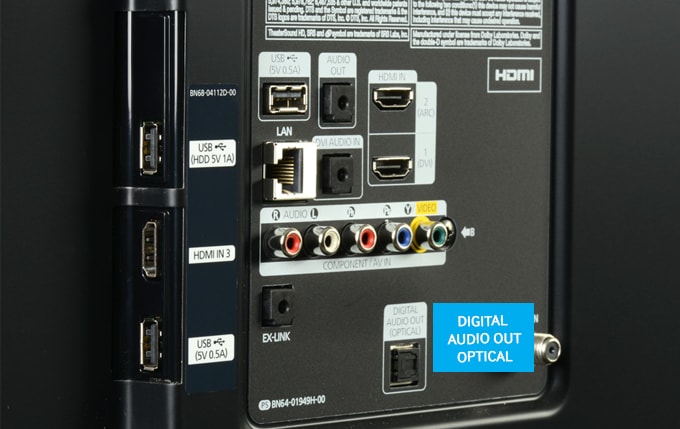
Understanding the Functionality of an AV Input on a TV
An AV input on a TV refers to a connector that allows the TV to receive audio and video signals from electronic devices that generate AV signals. These devices can include DVD players, gaming consoles, or cable boxes. The AV input is a common label on the connector, and it is usually color-coded with yellow for video and red and white for audio. The AV input is an essential feature of modern TVs, and it enables users to enjoy a wide range of multimedia content on their TVs.
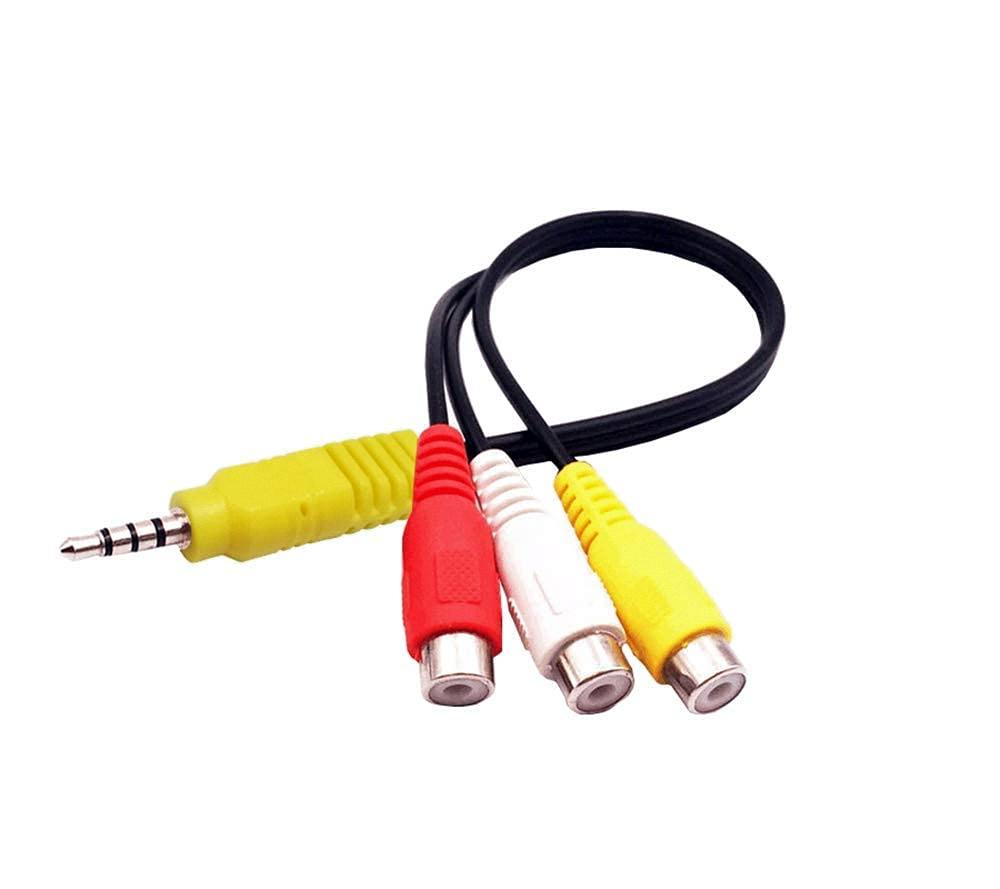
Do TVs Still Have AV Inputs?
Most modern TVs still have AV input, which typically refers to the component video input. Although HDMI has becoe the primary connection standard for video and audio signals in recent years, the component video connection is still available on many TVs, allowing for HD gaming for consoles such as the PS2, Wii, and the first Xbox 360 which don’t have an HDMI out port. It’s worth noting that AV input can also refer to composite video input, which is the yellow connector typically used for standard definition video signals, but this type of input is becoming less common on modern TVs.
Connecting a TV to AV
To connect your TV to an AV receiver or home theater system, you will need to use an appropriate audio cable. The folowing steps will guide you through the process:
1. Locate the Audio Output jack on your TV. This may be labeled as “Audio Out” or “Digital Audio Out”.
2. Choose the appropriate cable based on the available inputs on your AV receiver or home theater system. You can use a Coaxial Digital Cable, Optical Digital Cable, or Audio cable.
3. Connect one end of the cable to the Audio Output jack on your TV.
4. Connect the other end of the cable to the corresponding jacks on the AV receiver or home theater system. Depending on your device, the audio input may be labeled TV INPUT or VIDEO INPUT.
5. Once you have made the connections, turn on your TV and AV receiver or home theater system.
6. Use your AV receiver or home theater system remote to select the input that corresponds to the TV connection.
7. You should now be able to hear the audio from your TV through your AV receiver or home theater system.
It is important to ensure that the cables are securely connected and that the input and output settings are correctly configured. If you are having difficulty with the setup, refer to the user manual for your TV and AV receiver or home theater system, or consult a professional for assistance.
Comparing HDMI and AV: Which Is Better?
When it coes to choosing between HDMI and AV, HDMI is the better option in terms of overall performance and convenience. HDMI stands for High-Definition Multimedia Interface, and it is a single cable that transmits both audio and video signals from a source device to a display or audio receiver. AV, on the other hand, refers to a group of analog audio and video cables that are used to connect a source device to a display or audio receiver.
Here are some reasons why HDMI is a better choice than AV:
1. Picture Quality: HDMI cables provide superior picture quality compared to AV cables. This is because HDMI supports high-definition resolutions up to 4K, whereas AV cables are limited to standard definition.
2. Audio Quality: HDMI also provides better audio quality compared to AV. HDMI supports surround-sound audio formats like Dolby Digital and DTS, while AV cables are limited to stereo audio.
3. Convenience: HDMI is a single cable solution, which makes it more convenient to use compared to AV. With HDMI, you don’t need to worry about connecting multiple cables for audio and video.
4. 3D Support: HDMI also supports 3D content, which is not possible with AV cables.
HDMI is the better choice compared to AV due to its superior picture and audio quality, convenience, and support for 3D content.
Conclusion
The AV input on a TV is a versatile connector that alows for the reception of audio and video signals from various electronic devices. Although HDMI has now become the standard for high-definition video and audio, the AV input remains relevant for older devices such as the PS2, Wii, and first Xbox 360. Connecting devices to the AV input is simple and requires only a few cables, making it a convenient option for those who do not want to invest in newer technology. the AV input on a TV is a useful resource that should not be overlooked for its practicality and compatibility with legacy devices.



